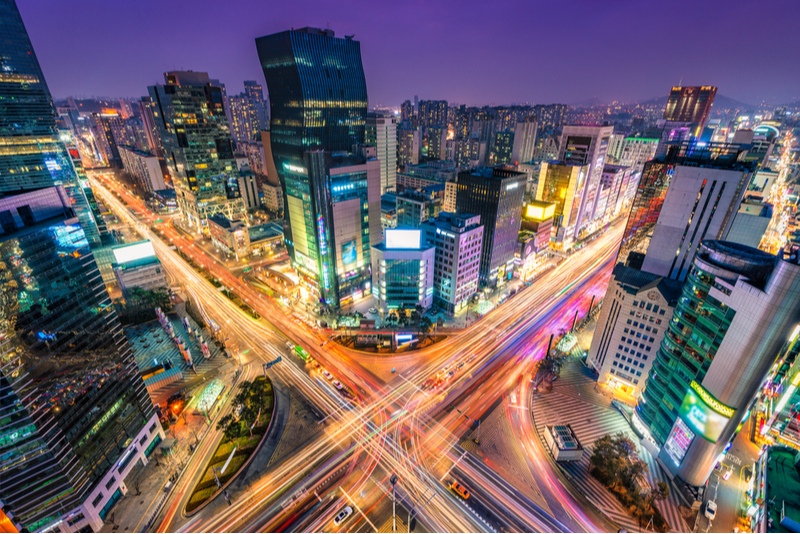
The megacity phenomenon is a subdivision of the larger trend towards urbanisation. The world is urbanising at a very fast pace such that by 2050 two-thirds of the global population will live in urban centres, according to the United Nations.
Asia alone is anticipated to have 30 megacities by 2025. Megacities are extremely productive from an economic perspective, and this encourages greater migration. While there is the prospect for cities around the world to grow and learn together, the challenges facing the world’s megacities are vast, as millions of people move into areas that are often struggling to support the populations they already have.
How well do you really know your competitors?
Access the most comprehensive Company Profiles on the market, powered by GlobalData. Save hours of research. Gain competitive edge.

Thank you!
Your download email will arrive shortly
Not ready to buy yet? Download a free sample
We are confident about the unique quality of our Company Profiles. However, we want you to make the most beneficial decision for your business, so we offer a free sample that you can download by submitting the below form
By GlobalDataHousing, pollution, transportation, infrastructure, inequality and social cohesion all require creative solutions, and these demands bring great opportunities for the construction industry, especially for those involved in residential and infrastructural developments. Transport infrastructure, in particular, will need to be expanded to minimise congestion and enable the movement of people.
The rapid growth of cities in the emerging regions reflects both above-average population and per capita GDP growth. Of the top 50 cities in the Global Construction Mega Cities 2019 published by GlobalData, 29 are in emerging markets and their population will grow to an estimated 327 million by 2025 — an annual increase of 1.8% — from 237 million in 2007. At the same time, GlobalData forecasts that the real GDP per capita (measured in real terms) in these emerging urban centres will increase by an annual average of 2.4%, rising from US$520,854 to US$820,311 between 2007 and 2025.
A ranking based on the per capita value of mega-project construction pipelines shows that the Construction Mega Cities in the Gulf Cooperation Council (GCC) states are spending the most on major development projects relative to the size of their populations. Although fast-growing in terms of populations, many of these cities are still relatively small in terms of the number of inhabitants. According to the Dubai Statistics Centre (DSC), the population of Dubai has grown from approximately 860,000 in 2000 to 3.1 million in 2018 thanks to an influx of expatriates seeking work. However, it holds the top position in terms of the value of the construction mega-projects pipeline per capita in the top 50 list. Dubai’s infrastructure is not only used by the residents living in Dubai but also by another 1.1 million people who live outside of the emirate and commute to work in the city every day. Following the expansion of population at an annual average of 8% between 2000 to 2018, the future growth rate for Dubai is forecast by the UN Population Division to slow, but in line with that expected of a maturing metropolis.
Johor Bahru and Singapore both feature in the top 10 rankings by megaproject spend per capita. The Johor Bahru City Council (MBJB) has allocated US$19.7 million under the Development Services Fund (ISF) to implement the development of infrastructure projects within the MBJB area. This encompasses 18 high-impact infrastructure projects such as flood mitigation projects, traffic congestion and projects to enhance the security and comfort of Johor Bahru inhabitants. The US$9.1 billion Sunway Iskandar Integrated Township project in Johor involves the construction of a mixed-use community on a 728ha of land and is planned to be implemented in phases. Sunway Iskandar is set to be an iconic development not only for Malaysia but also for Singapore. This integrated township in Sunway Iskandar is within close proximity to Singapore, making it the closest integrated township to be built by the Malaysia-Singapore Second Link (a bridge connecting Singapore and Johor, Malaysia, officially known as the Tuas Second Link).

Related Report:
Global Construction Outlook to 2023 – Q3 2019 Update


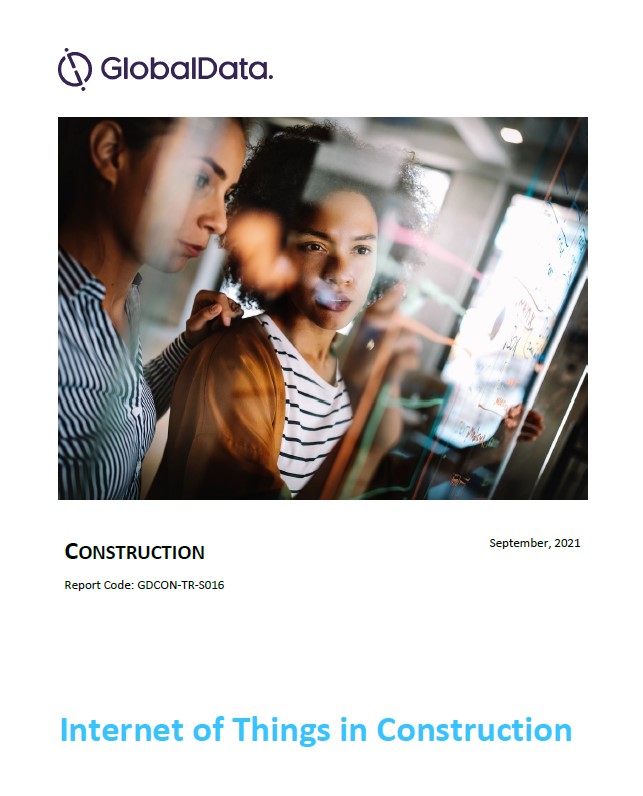

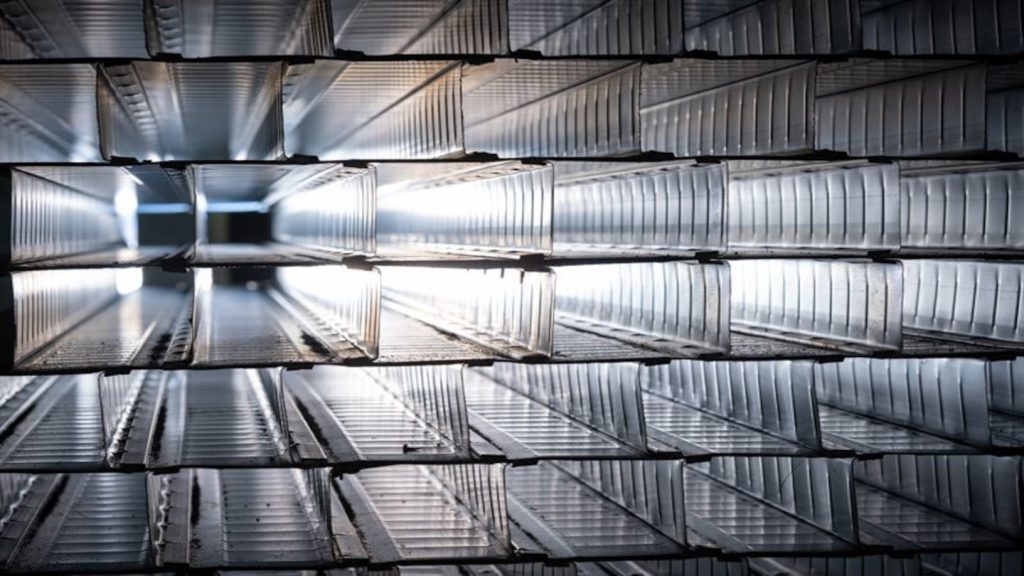
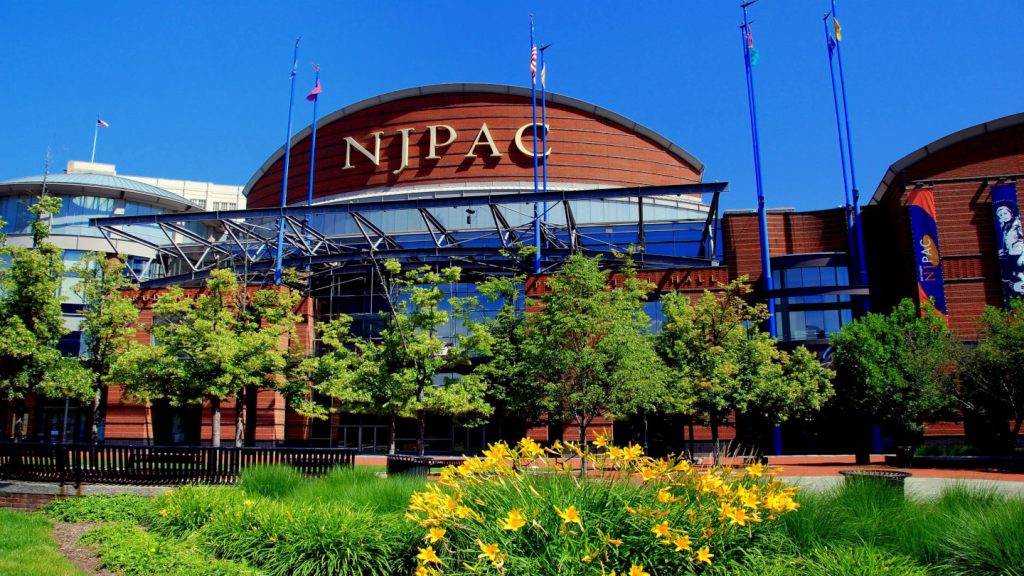
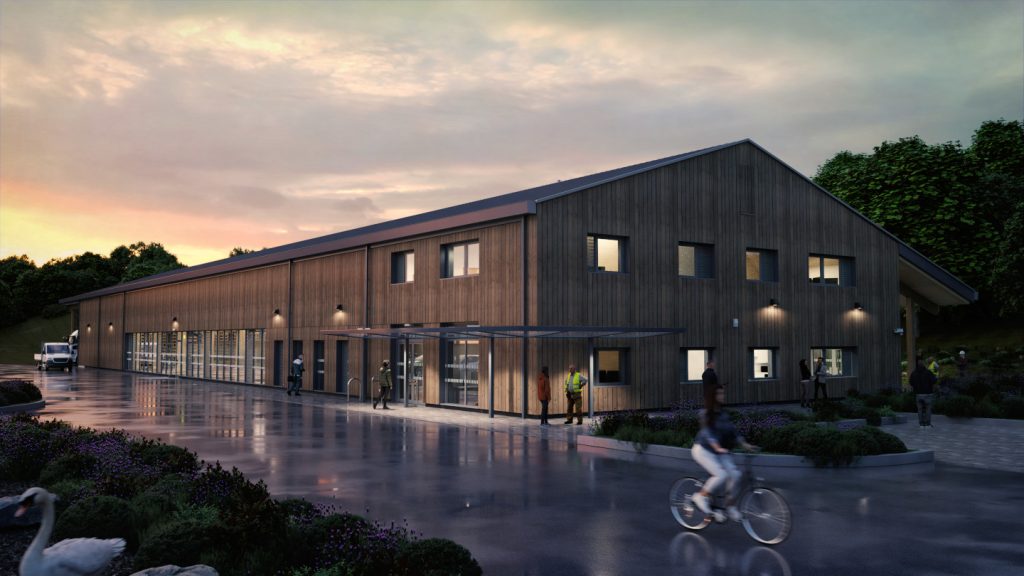
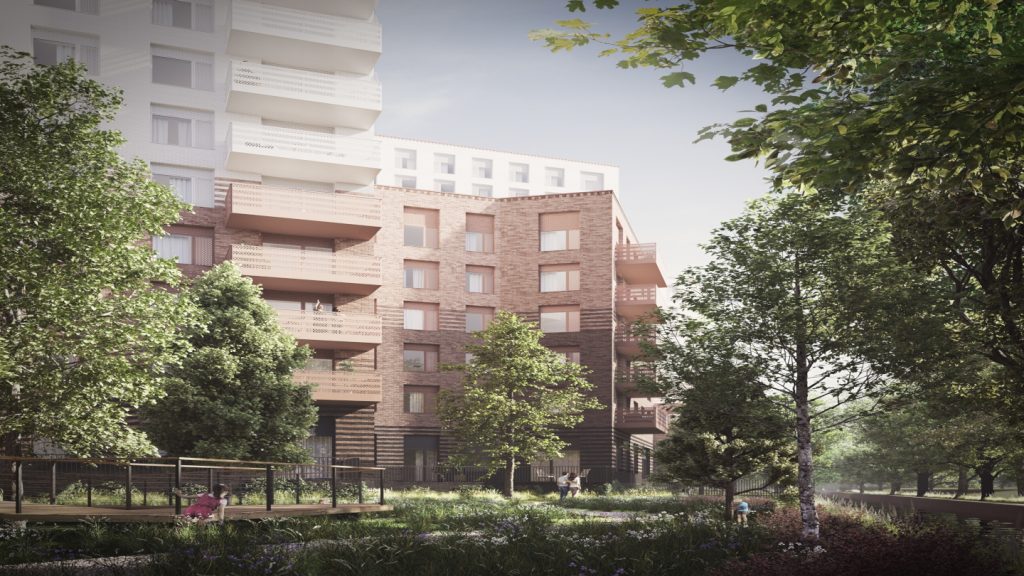

Related Company Profiles
DSC Ltd
GCC
Sunway Iskandar Sdn Bhd
ISF GmbH
Gulf Cooperation Council